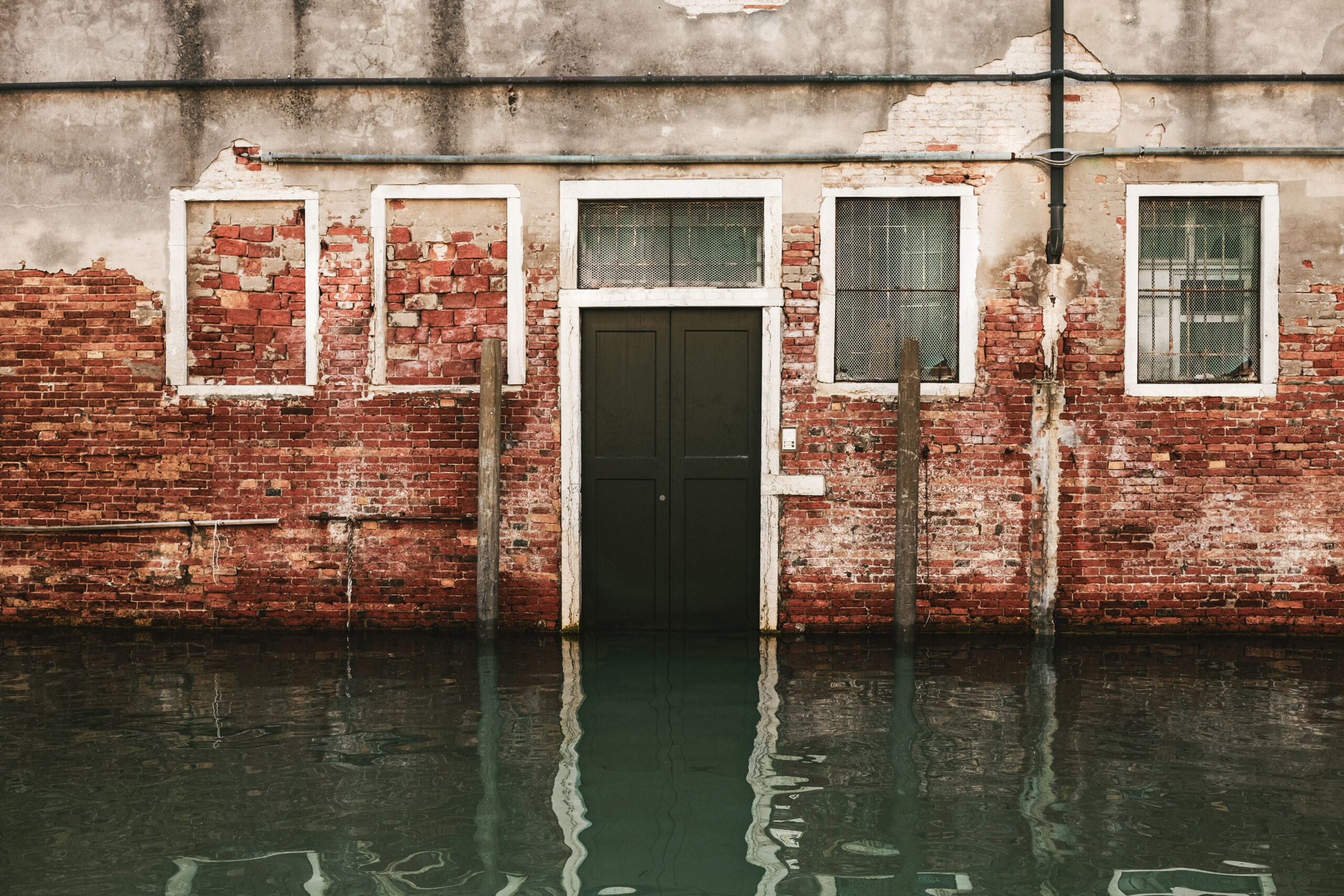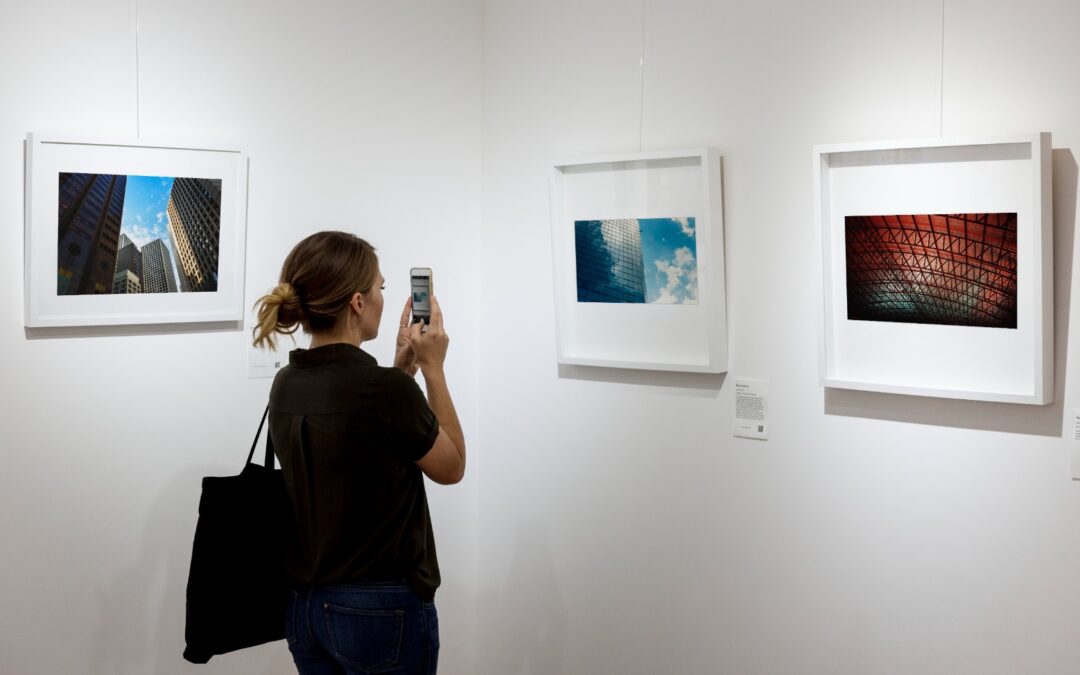The Charisma team is working to expand its network of stakeholders that decided to support the project and that will be involved in the its activites and in the achievement of the objectives.
The selected stakeholders are companies that work hard in the filed of promotion and protection of cultural heritage from the risks that threaten it, heritage conservation institutes, associations of activists involved in the fight against climate change and many many more. Each stakeholder will have a fundamental role for the realization of the project activities: the vast experience and knowledge of the professionals involved will bring greater qualitative value to the project results.
SpeakArt, digitalisation for conservation
Today we present you one of the stakeholders who wanted to support us in the implementation of the project’s activites: SpeakArt.
SpeakArt is a very innovative Italian company, born from the engineering experience and creativity of a young entrepreneur, Angelica Maritan.
We interview Angelica, to learn more about the company she founded and to know her position on the issues that will be dealt with in the project, as well as on the reasons that led her to collaborate in the activities.
What is the mission of your Organisation and how does it support cultural heritage?
SpeakART’s activity and path have always been animated by the will to create added value for the conservation and the safeguard of cultural heritage, thanks to and through the grate possibilities offered by digitalization and technology.
SpeakART wants to be a medium for all the actors involved in the management of cultural heritage: the digitalization of assets, of their information, images and documents, avoids the risk of loss and therefore allows the value of the cultural goods to be safeguarded over time.
SpeakART software is a secure durable safe for the value of individual assets, which together create a heritage which is not property of an individual or a nation, but of the whole of humanity, as a legacy of our history and culture.
The education and the training of the customer to understand the need of this conservation and enhancement mechanism becomes part of our corporate mission: people who personally take care of these assets have to implement all the best practices for the present and future access to the heritage.

What kind of initiatives related to any field of cultural heritage does your Organisation promote or is actively involved in?
SpeakART was born in the world of art, but its sphere of activity is not limited to this field. Just like artworks, archaeological and natural heritage, books and numismatic collections – just to give examples – have the same necessities and needs.
Among our ideal customers, there is the network of museums and institutions, both public and private, which host or deal with cultural heritage and the most disparate collections that together compose our culture.
Since its entry into the market, SpeakART has chosen these players among its target objectives, in order to be able to create a virtuous process of conservation and enhancement from the base.
Our involvement with these subjects takes the form of a direct approach both with the operators who deal with the management of these assets every day, and with those who deal with the organization of this delicate machine from above, such as museum directors.
Regional, national and European calls are excellent opportunities to make initial contacts and show how much the need for protection is felt and what can be done to safeguard the heritage.
We therefore firmly believe in training, and this is reflected in lasting and constant relationships with universities and academies: young people, who are currently studying this world and the issues concerning cultural heritage, are the future of this sector. We firmly believe that it is our job, but also an opportunity for us, to show them how much power they have in their hands to be able to change things.

Does your Organisation policy advocate for sustainability and resilience in view of climate change?
In a historical moment that, finally, gives the necessary attention to climate change in every field of daily life, even the cultural heritage becomes a symbolic protagonist of this emergency due to its implicit need of protection.
As anticipated, SpeakART’s action takes the form of preserving an asset on a digital level, thus offering it a sort of guarantee of eternal life. We are not able to stop natural disasters when they occur, but it is our task to find a way to transmit our cultural heritage and its value over time.
A complete and precise digitalization of existing assets becomes a form of backup of them, which can be fundamental when they are the victim of disasters that can cause their damage or deterioration or, even worse, their loss.
Furthermore, an indirect impact in favor of environmental sustainability is given by the dematerialization of the paper material that a correct digitalization would bring. Certificates and documents, moving from physical to digital, would lead to a decrease in the raw materials needed to produce them. Furthermore, the consultation would be facilitated, bringing also in these terms an environmental benefit determined, for example, by traveling savings or by an easier and cheaper sharing of information.

In your opinion, what could be the main skill(s) and expertise that a Risk Manager of Cultural Heritage should have?
Risk management in relation to cultural heritage is linked to two directions, natural disasters and degradation over time. A variegated series of events fall under this double classification, that undoubtedly differ in modality and severity, but they cannot be underestimated in any case.
The tasks and and the skills of the Risk Manager must therefore be to be prepared in advance for these events, through an analysis and a continuous study of contingencies and assets, but also through the concrete drafting of plans and programs that foresee all the events that can happen and all the measures to be taken consequently.
For sudden and catastrophic events it can sometimes be more complicated to take precautions precisely due to the nature of the same; but as regards the “intrinsic” decline of the assets themselves, the Risk Manager has to prepare concrete actions to prevent those damage that can worsen over time if neglected.
